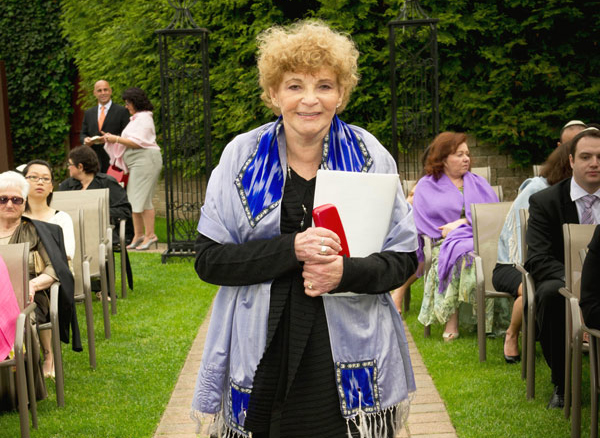I’ve never been a devotee of Georgia O’Keeffe’s art. I like the colors in her classic flower paintings, and her realistic representation of Southwest animal bones, but I’d rather see fresh flowers on my dining table, and the only animal bones that fascinate me are those of dinosaurs. But, after spending a couple of hours at the recently mounted Georgia O’Keeffe Living Modern exhibit at The Brooklyn Museum, and learning how the artist carefully constructed her identity outside of her studio, I’ve developed a greater appreciation for her aesthetic, if not in all of her art, certainly for how she dressed and lived.
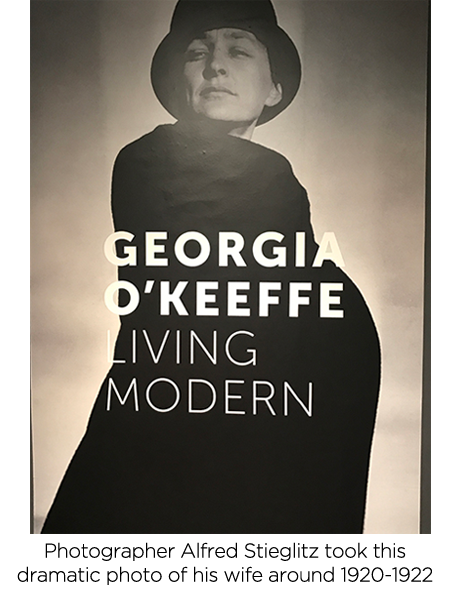
Born on a Wisconsin farm in 1887, O’Keeffe rejected the staid Victorian world into which she was born, and “absorbed the progressive principles of the Arts and Crafts Movement, which promoted the idea that everything a person made or chose to live with–art, clothing, home decor–should reflect a unified and visually pleasing aesthetic,” the essay continues. “Even the smallest acts of daily life, she like to say, should be done beautifully.”
Her clothing, like her art, showed her preference for simple lines, fluid silhouettes and hardly any ornamentation. She was obsessed with easy wrap dresses, for example, and had them in a virtual rainbow of colors, beautifully displayed in the exhibition. An accomplished seamstress, O’Keeffe made her clothes early in her life, with fine details and quality workmanship. Her homes also were spare, from her austere New York City apartment to her two houses in New Mexico.
When she was an art teacher in Texas, O’Keeffe ignored the textbooks that instructed artists to copy nature, and asked them to let the beauty of pattern and design become an influence.

Magnificent photographic portraits of O’Keeffe abound in the exhibition, and reveal how meticulously she dressed and posed for her photographers, including her husband, renowned photographer Alfred Stieglitz. She leveraged photography to help shape and promote her public persona as a woman with “quintessential American toughness, plainness, and individualism, tempered by age into a state of grace,” and it has played a pivotal role in establishing her as an “icon of feminism and fashion.”
The popular O’Keeffe exhibition is housed at The Brooklyn Museum until July 23. If you can’t make it there, following are some of my favorite pieces of O’Keeffe clothing, photography and art. I even included one of her paintings of animal bones and another of flowers (above).






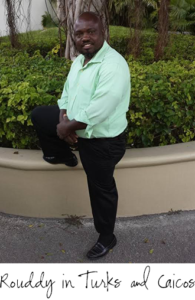
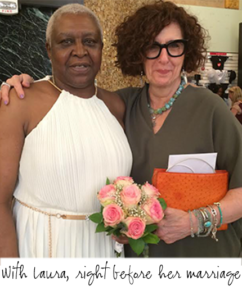

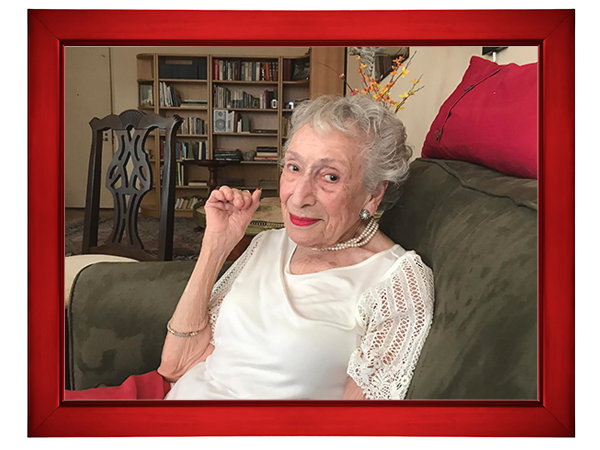






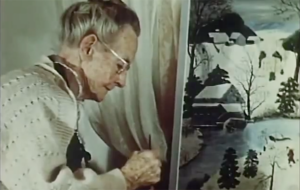 Some people let challenges stop them cold in their thirties; others wouldn’t dream of being thwarted by the challenges associated with aging. Grandma Moses developed arthritis in her seventies, making it hard for her to continue embroidering, which was her passion. Her sister, Celestia, thought that painting would be easier for her, so Grandma Moses began painting in her late seventies.
Some people let challenges stop them cold in their thirties; others wouldn’t dream of being thwarted by the challenges associated with aging. Grandma Moses developed arthritis in her seventies, making it hard for her to continue embroidering, which was her passion. Her sister, Celestia, thought that painting would be easier for her, so Grandma Moses began painting in her late seventies.